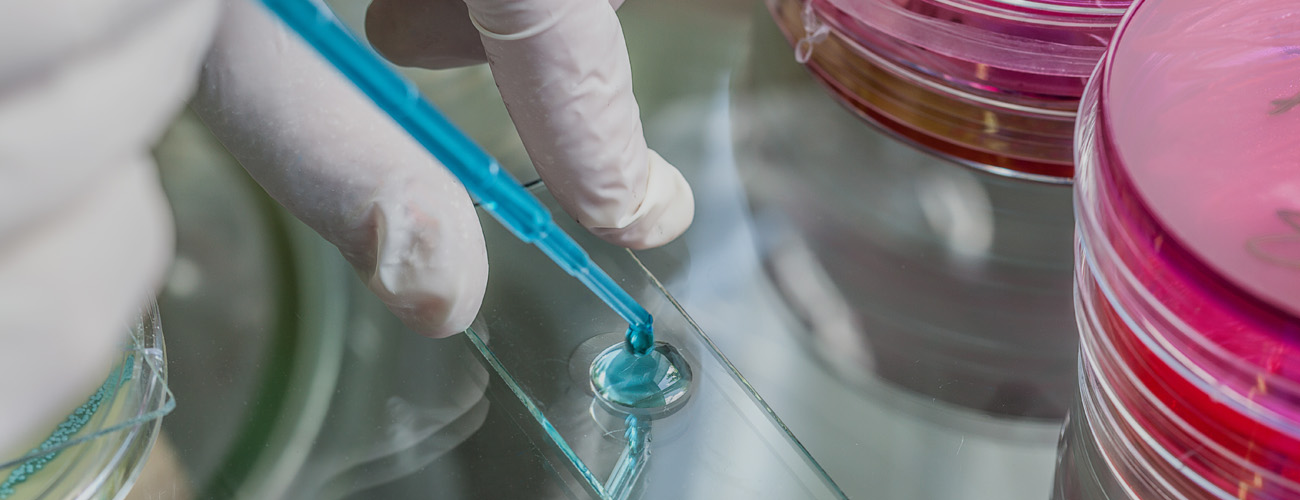Legionella Control Services – Keeping Your Business Compliant
At Unique Fire Protection we offer a Legionella risk assessment service.
Our in-house risk assessors will monitor hot and cold water supplies, cover inspection services, carry out any necessary cleaning and disinfection, offer training, and ensure that plant and equipment is compliant.
Ultimately, our aim is to control the risks and manage any legionella bacteria found in your company’s water systems to ensure that you are fully compliant with the HSE’s Approved Code of Practice ACoP L8 and Guidance HSG 274.
We provide legionella management services offering Legionella Risk Assessment services using in-house Risk Assessors, hot and cold water monitoring and inspection services, cleaning and disinfection services, training services, Plant and Equipment Services and legionella analytical and interpretation services to their clients with regards to the control and management of legionella bacteria in water systems.
- Management
- Risk Assessment
- Legionella Testing and Inspection
- Cleaning & Disinfectant
Other Services

Management
Risk Assessment
Inspection
Disinfecting
What is legionella?
Legionella is a type of bacteria commonly found in water. The bacteria can multiply between 20-450C, but will remain dormant below 200C and does not survive above 600C. Legionnaires disease can be contracted from it, which is a potentially fatal type of pneumonia contracted by inhaling airborne water droplets that contain the legionella bacteria.
Anyone can develop this disease but it can be particularly dangerous in the elderly, smokers, alcoholics and those with cancer, diabetes or chronic respiratory and kidney disease.
What are the control of legionella regulations in the UK?
There are various legal obligations in the UK that underpin an employer’s obligations to minimise health and safety risks at work, which include regulations for legionella control. There is also the legionella codes of practices and guidance which are published by the Health and Safety Executive, our primary safety regulator.
In the UK, anyone who has responsibility over a building must comply with the regulations concerning legionella. This list includes business owners, employers, those who manage buildings and landlords for both private and commercial properties.
In terms of legislation, there are two key laws which have to be followed.
The Health and Safety at Work Act 1974
Most people have heard of this act as it is the primary piece of health and safety legislation in the UK bought in to make sure risks in the workplace are identified, controlled and managed. Since 1974, workplaces have been far safer as a result.
Legionella risk control is included in this legislation, as nearly every workplace has a hot and cold-water system. Indeed, it is a legal obligation in itself that employers must provide drinking water as well as toilets and washbasins so even a simple plumbing system in a small office must have control measures in place. However, there are businesses which may use water more extensively, or if they share their premises as part of a complex than the actual risk management can be more complex.
The Control of Substances Hazardous to Health (COSHH) Regulations 2002
The COSHH regulations cover all substances in a workplace that can be hazardous to health including asbestos, lead, legionella bacteria and other bacteria found in water sources.
HSE’s ACoP L8 – The Control of Legionella Bacteria in Water Systems
When you are the person in control of managing Legionella risks, known as the duty holder, the technical guidance from the Health and Safety Executive can be invaluable to make sure you comply with all relevant legislation.
If you don’t follow these guidelines then it could mean you miss a crucial aspect of your legal requirements, which is also why partnering with a property compliance provider can be very helpful.
We will conduct a legionella risk assessment in line with legislation that takes into account the various stakeholders in your business and the potential risks associated with legionella bacteria to these groups of people, not just your employees.
From our risk assessment we will suggest and implement the necessary steps to mitigate risk, including:
Ensuring water is stored correctly to prevent Legionella growth. For example, hot water cylinders should store water at 600 or higher whilst it should be distributed at 500 or higher, whilst cold water should be distributed below 200C.
A competent person should check, inspect and clean the system. We will also identify sentinel outlets for monthly temperature checks as well as a schedule to check the hot water storage cylinder and cold-water tank temperatures. Stagnant water can also promote legionella growth so removing dead legs/dead ends in pipework, flushing out infrequently used outlets weekly and cleaning and descaling shower heads and hoses quarterly. Cold water tanks should also be cleaned periodically and water drained for signs of corrosion.
We will also make sure your plumbing system is designed to minimise legionella growth including keeping pipe work as short and direct as possible, adequately insulating pipes and tanks to maintain the correct water temperatures, using materials that do not encourage the growth of legionella and preventing contamination such as fitting tanks with lids and insect screens.
If you would like to find out more about our water and legionella treatment solutions, or are looking for a property compliance company to ensure your health and safety management policies are correct, then speak to one of our friendly team today.
